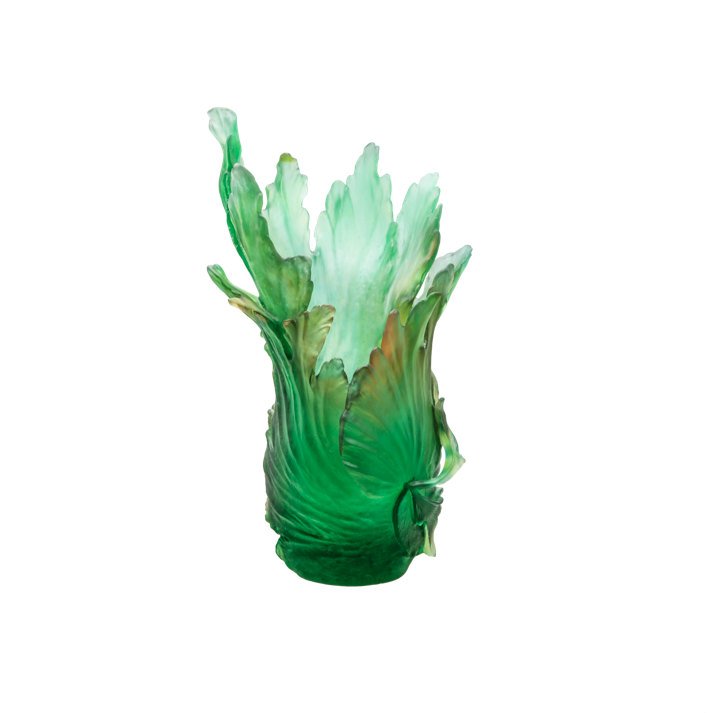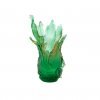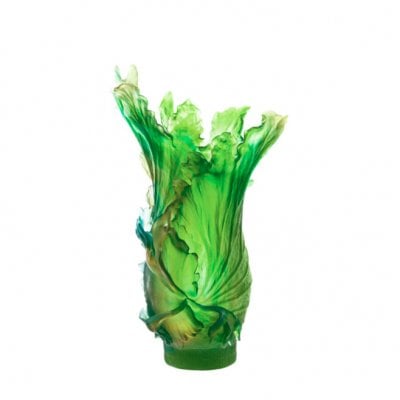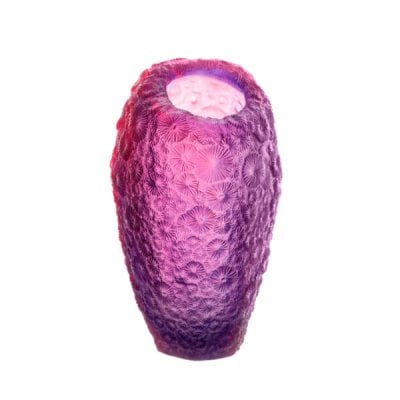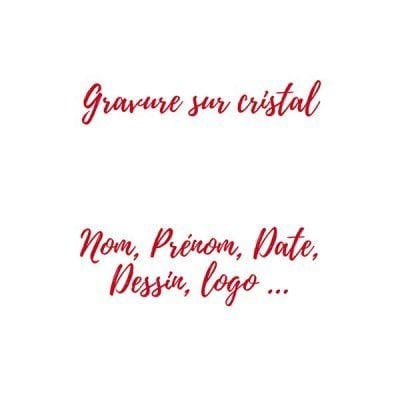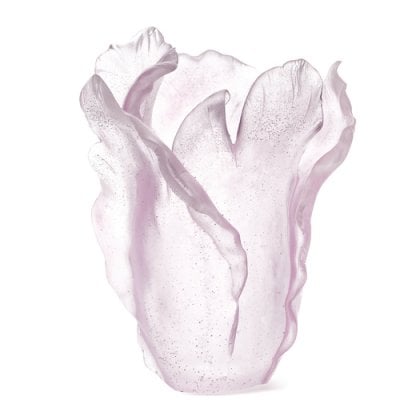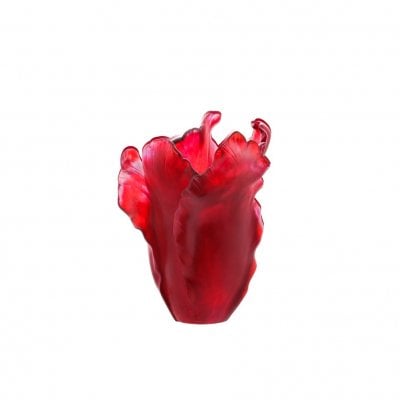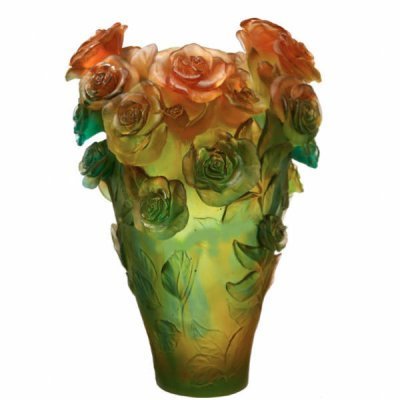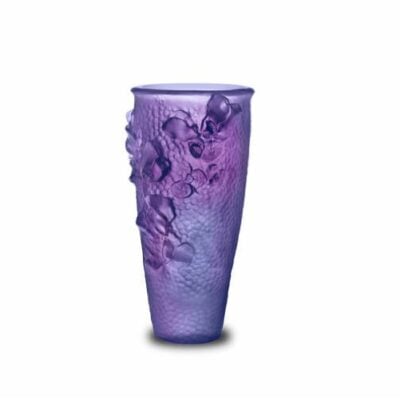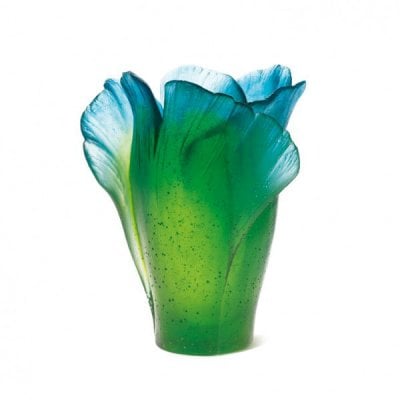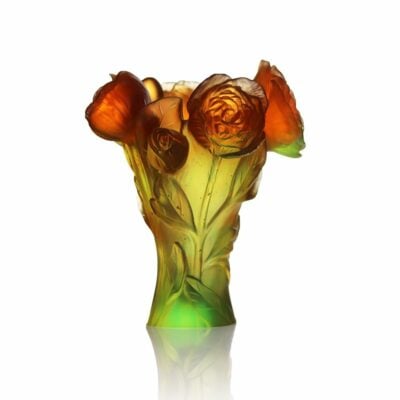WE PROVIDE INSURANCE FOR YOUR ORDER
With more than 138 years of experience, our export team takes the greatest care to package each order. A damaged product? We will send a new one. A lost parcel? We will send a new one. The shipping cost include an insurance break and lost.
CUSTOMER REVIEW
ENJOY TAXFREE
For a delivery outside the European Union, you can pay your order without VAT. Please, use the coupon code FREETAX into your cart.
ADDITIONNAL INFORMATIONS
BORNEO COLLECTION 2016 EMILIO ROBBA DAUM :
BORNEO COLLECTION 2016 EMILIO ROBBA DAUM,
“Nature is a part of the DNA at our crystal glassworks. Since its creation, nature continues to inspire, year after year, our atelier, founded in France in Nancy almost 140 years ago.
This collection is an invitation to explore the exuberance of nature and its vivid colours. A dialogue is created between the intensity of colours and the density of flora of one of the largest islands in the world, Borneo.
Daum honours this rich biodiversity, both above the surface and under the sea, through the Borneo collection and the new pieces in the Coral collection.
With the Borneo collection, Daum renews its collaboration with Emilio Robba, an artist that expresses nature with virtuosity. He draws his inspirations from extraordinary plants, almost imaginary, from this island, to create a collection that reveals the magic of Daum’s crystals”.
- Giving a Daum gift is giving colour, light, beauty and rarity as all pieces are by their very essence unique. Pâte de Cristal is a rare and ancient glassmaking technique, which dates back to 5000 BC. Daum rediscovered this long-forgotten technique in 1900 and further developed it in 1968.
- How does Daum obtain those moiré effects, that translucent mineral or frosted finish and those subtle harmonies peculiar to its ‘‘pâte de cristal’’ ? These are the secrets of a traditional creative process, handed down from generation to generation. Although the pâte de verre technique has existed since Antiquity, Daum rediscovered it in 1968 when it invented a method of reworking it using crystal. This unique know-how is still employed today by the best master glassmakers. Casting a piece using this lost-wax process ensures the perfect regularity of its contours, which would be impossible to obtain using traditional crystal or glassblowing methods, as well as an instantly recognizable, grainy appearance.

